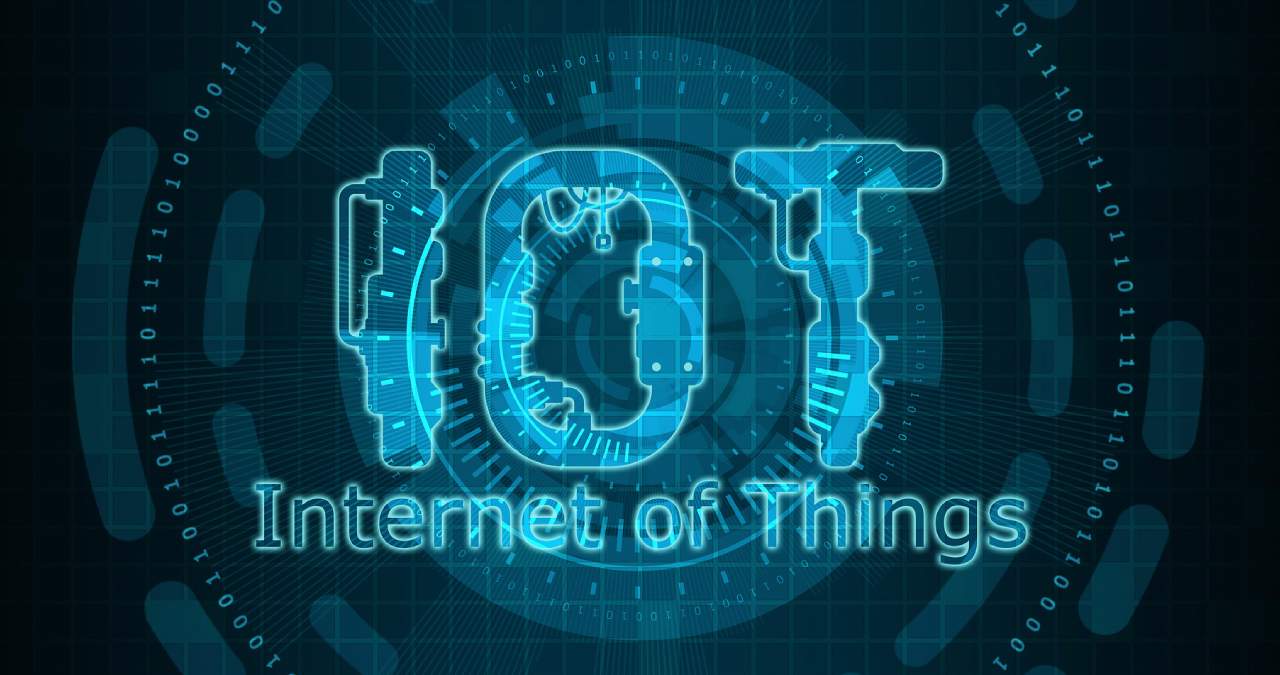Internet of things (IoT) is a collection of small devices connected to the internet. The IoT takes the concept “Internet of Things ” a step further, beyond most people’s use cases. Thus far, the internet’s primary function is communication.
The internet has allowed users to be more accessible and connected. Most people go to the internet to communicate and retrieve information. Users might log in to email or social media accounts, which have the internet running so users can communicate and send pictures to one another. Users ask Google what is going on in the news. Users ask Yelp for information about a restaurant.
More than two-thirds of the surface of our planet is covered by water. It plays an important role in our economic existence, even in the main verticals such as oil and gas, shipping, and tourism. easily heard and not stealthy. To make the underwater Internet of Things happen, the answer lies in the light, some argue. Thus, researchers at the King Abdullah University of Science and Technology (KAUST) in Thuwal, Saudi Arabia, propose underwater optical communications.
Furthermore, they are already investigating the simultaneous lightwave information and energy transfer (SLIPT) configurations used to transmit energy and data to underwater electronic devices. Recently, researchers announced an innovative experiment in which they were able to achieve bidirectional underwater transmission of data and power more than 1.5 meters between a sensor equipped with a solar panel and a receiver.
The SLIPT system will be a solution to turn to more frequently than strung cables. And in the case of human underwater equipment inspections, for example, it will be less prone to errors than manual signals, and also to audible confusion than ultrasound voice communicators. Surprisingly, to this day, hand signals remain a common form of communication between divers.
“SLIPT can help charge devices in inaccessible places where continuous feeding is expensive or not possible,” explains José Filho, a Ph.D. student at KAUST. Filho, who has been involved in the development of the laser project, expects ships or boats on the surface of the water to transmit optical communications to underwater vehicles or IO sensors on the ocean floor. Lasers would simultaneously communicate and power underwater robots and devices. The return data is transmitted to the surface craft, which then communicates with ground bases or data centers via RF (radio).Surface buoys – or even unmanned aerial vehicles (drones) that fly high above the turbulent waves – could be used to inject energy to the surface of the seafloor while receiving data, the researchers believe.
Recommended white papers
From that school, they explain that there is still a lot of development that must be done before the SLIPT is operational, but it sees potential.
KAUST, located on the Red Sea coast, has been involved in this technical exploration area for some years. He participated in the development of some of the first record-breaking underwater data communications. In 2015 it made a 4.8 gigabit per second transmission, 16-QAM-OFDM with a 450-nanometer laser. OFDM, or Orthogonal Frequency Division Multiplexing, splits individual data streams into multiple channels to reduce interference.
Interestingly, seas and oceans are becoming increasingly important to data centers. Large swaths of the world’s population lie on or near shorelines, rather than inland, and we are seeing a shift toward edge-style computing that positions resources closer to data sources. There is also a need to compute cooling, which ocean water can provide. Even wave energy as a method of powering servers means that the sea and data are intertwining.
Without going any further, Microsoft launched an underwater water-cooling data center 117 feet below the surface of the water in 2018. Also, garden hose-sized cables carry nearly all global and public Internet traffic under the water, across the oceans and between continents. It is not done through satellite, as many imagine.
So this is not a new synergy. Aside from the drivers of ecological vigilance, one of the most likely and important reasons why ocean-based computing is being explored hard is that there is no payable rental or offshore jurisdictional property.
Also Read: RPA (Robotic Process Automation) Benefits
